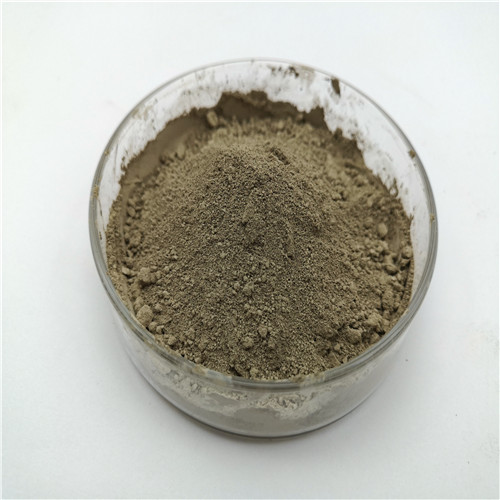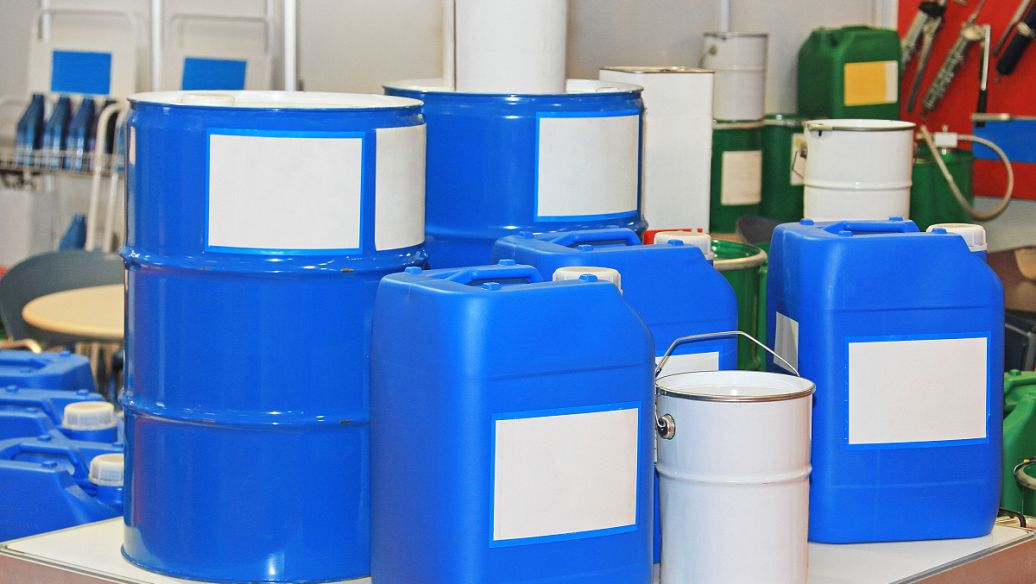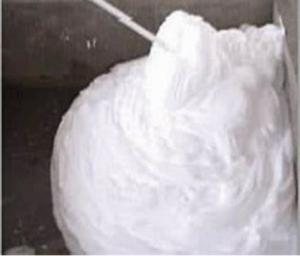Professional solutions on concrete addtives, Concrete Foaming Agent, Superplasticizer, CLC Blocks Additives, and foaming machine
(What is a Superplasticizer Admixture?)
What is a Superplasticizer Admixture?
Superplasticizer admixture is a chemical additive that helps to improve the strength of concrete. It is also used in the process of 3D printing. Here are some things you need to know about the material.
Classification
Superplasticizers (SP) are additives which act as shrinkage-reducing agents and improve the hydration products of concrete. They are soluble macromolecules that are hundreds of times larger than water molecules. Their use in concrete has resulted in high-strength, high-performance, and durable concrete.
Concrete with superplasticizers is more durable and has higher resistance to freeze-thaw cycles. It can be made with lower water:cement ratio. This makes it more flexible and easy to place. The concrete has a higher air-void spacing factor and is more dense. However, it is more sensitive to water loss.
A wide range of applications for concrete admixtures are now possible. These include self-leveling, rapid setting, and high flow concrete. Admixtures also increase abrasion resistance and help with bonding to steel reinforcement.
There are four major groups of superplasticizers: organic sulphonates, melamine-formaldehyde condensates, modified lignosulphonates, and polynapthalene sulphonate.
Dosage
Superplasticizers are used for the manufacture of concrete. They can enhance workability and reduce water content. They can also increase early strength of concrete. However, these admixtures require a change in concrete procedures.
The dosage of superplasticizers varies from 0.3 to 0.6 per cent of the cementitious material. This is determined by the strength requirements of the concrete. It can also depend on the type and condition of the site.
Different types of superplasticizers include sulphonated melamine-formaldehyde condensates, sulphonated naphthalene-formaldehyde condensates, and modified lignosulphonates. Their compatibility with cement depends on the molecular chain length, calcium sulfate content, and the final form of the calcium sulfate in the ground cement.
Studies on the effects of excess dosages of superplasticizers have shown that this admixture can cause undesirable side effects. Although excess dosages can achieve early strength, it can also lead to a decrease in abrasion resistance, tensile splitting strength, and compressive strength.
Effects on cement particles
Superplasticizer admixture effects on cement particles can be defined by the adsorption behavior of admixtures on cement particles. Various studies have been conducted to analyze the mechanism of action of admixtures. However, the lack of understanding about the mechanism of action has limited the use of admixtures in real-life applications.
The use of a superplasticizer can be beneficial in increasing the early strength of concrete. But it has the potential to reduce the workability of concrete. It can also lower the bond between the concrete and the reinforcement. Therefore, a proper dispersion of the admixtures is important. In addition, it can delay the hydration reaction of the cement.
A superplasticizer consists of soluble macromolecules. These molecules are hundreds of times larger than water molecules. They entrain very little air.
Shelf life
Superplasticizers are a type of admixture, which are used to reduce the water content of cementitious construction materials. They are usually formulated products, and are tailored to meet specific applications.
These admixtures are commonly based on modified polysaccharides and high molecular weight polymers. This combination improves the viscosity of the concrete and the workability.
Several types of superplasticizers are available on the market today. The type you choose will determine the amount of plasticity you get, as well as the stability of the fluidity.
Polycarboxylate superplasticizers are a class of admixtures, which offer good performance in both fresh and hardened concrete. Their rheology provides excellent control over setting times. In addition, they reduce the amount of binder needed in the mixture.
In general, the shelf life of a superplasticizer admixture can range from 12 to 24 months. The best practice for storage is to keep it in a cool place away from heat and humidity. Also, ensure that the product is rinsed with plenty of water.
Use in 3D printing
Many people don't know it, but a superplasticizer admixture is actually used in 3D printing. To achieve maximum pumpability, a high proportion of the cement is replaced by an active polymer. A variety of admixtures are available, including a variety of amorphous and nanomaterials.
For example, the nanoparticles are a good candidate for increasing compressive strength and shape retention. However, they are not cheap. Similarly, nano-calcium carbonate can be a good choice for making high strength fiber-reinforced mixes.
One of the many ways that the inks of the 3D printing world can be skunked is by relying on the aforementioned additives. Likewise, the aforementioned particle packing might provide a better print quality.
Aside from the aforementioned, it's also worth noting that one of the triumvirate of requisites is a large nozzle. This is particularly important in the case of 3DCP, where the rate of shearing is quite significant.
Concrete additives Supplier
TRUNNANO is a reliable concrete additives supplier with over 12-year experience in nano-building energy conservation and nanotechnology development.
If you are looking for high-quality concrete additives, please feel free to contact us and send an inquiry. (sales@cabr-concrete.com)
We accept payment via Credit Card, T/T, West Union, and Paypal. TRUNNANO will ship the goods to customers overseas through FedEx, DHL, by air, or by sea.
(What is a Superplasticizer Admixture?)







